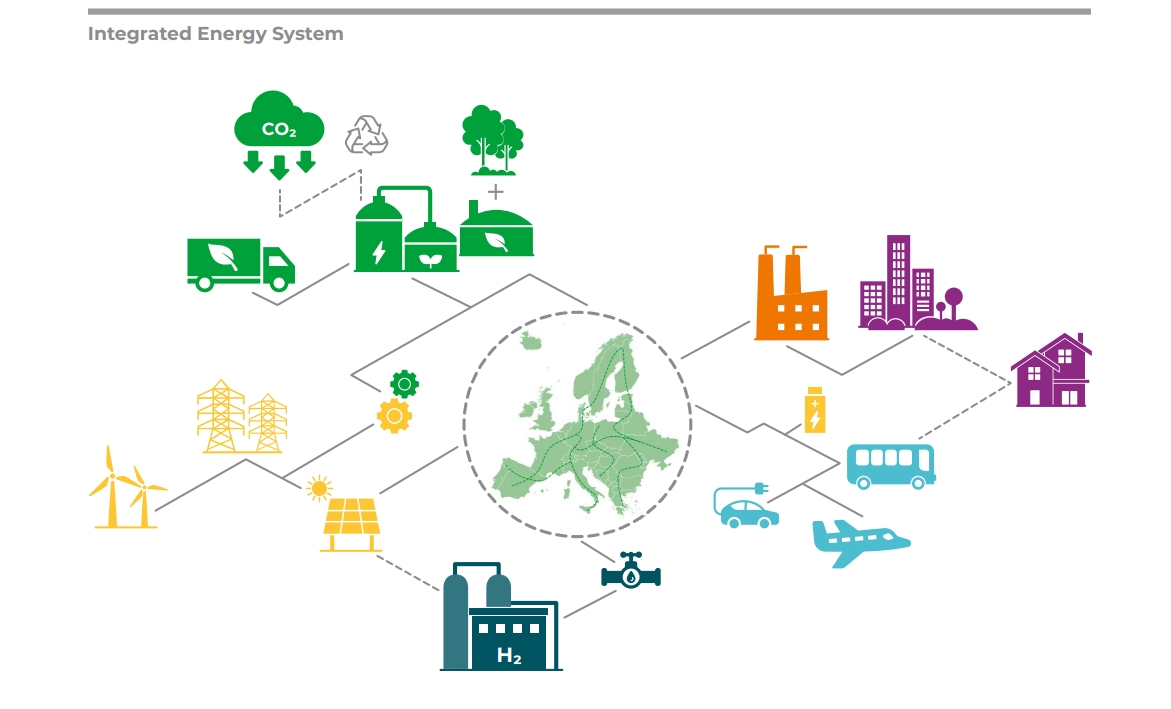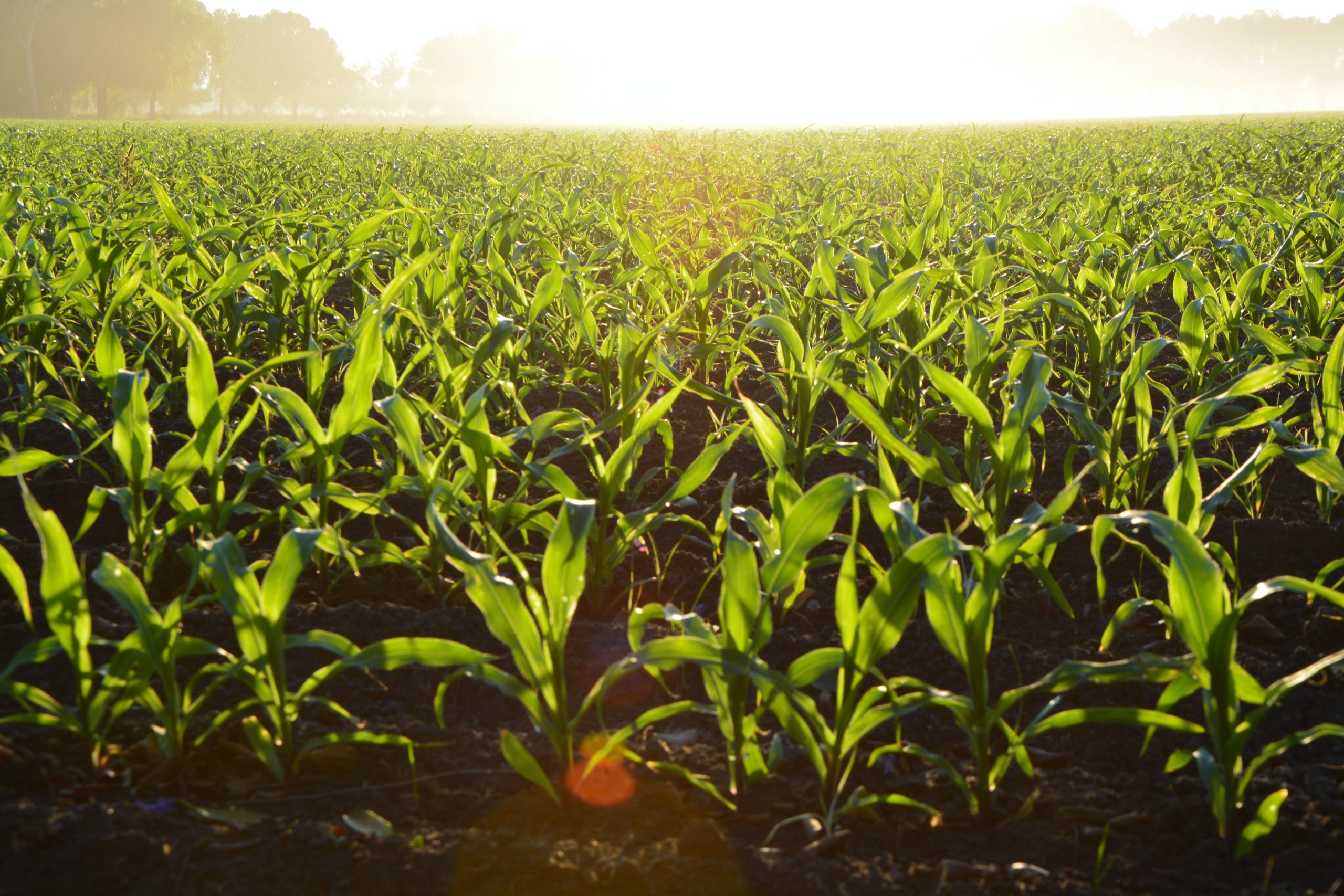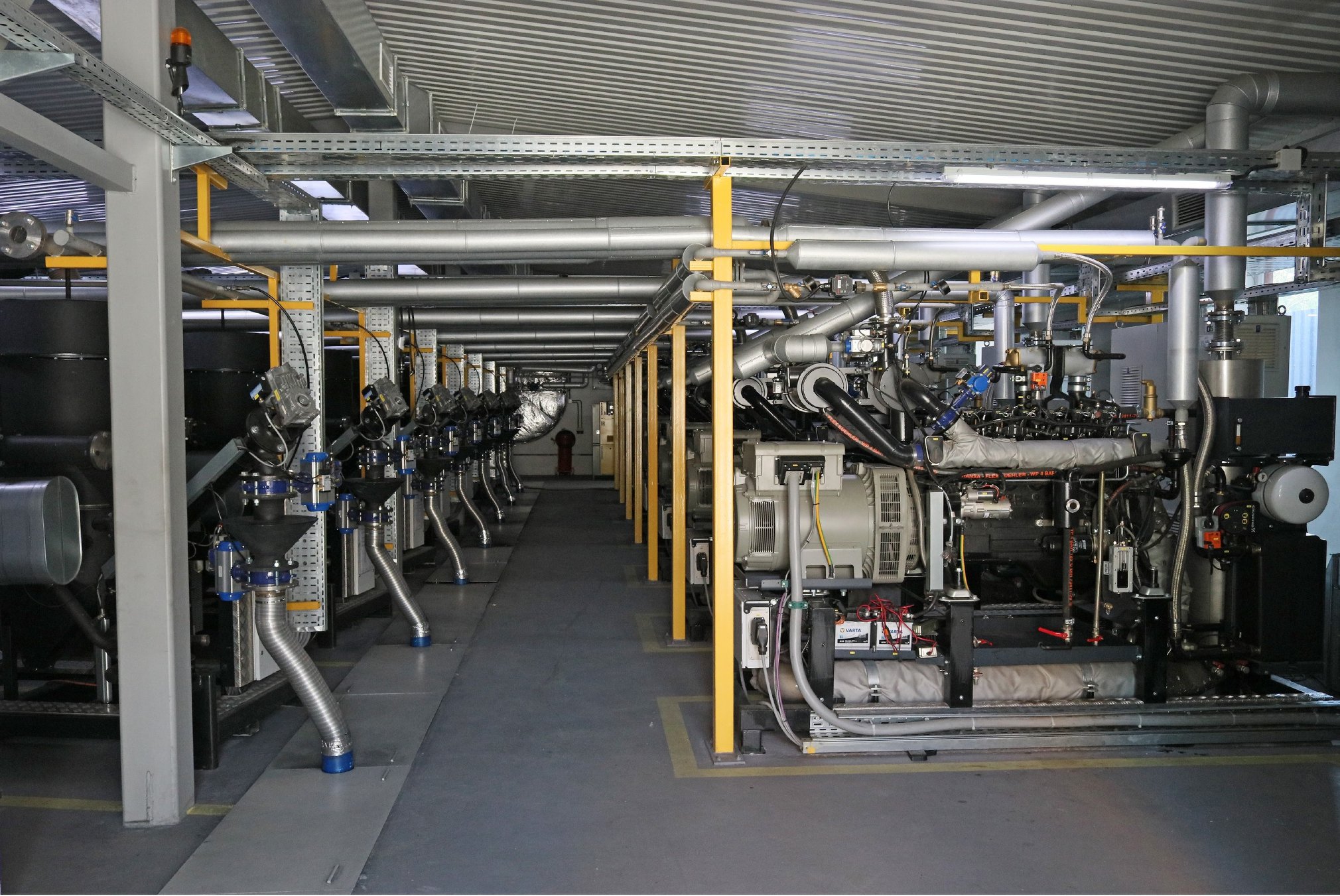We share a document from the Gas for Climate (GfC) initiative group, which emphasizes that integration of electricity, renewable and low-carbon gases, as well as CO2 capture technologies, will be key towards a secure, affordable and sustainable energy system. Let’s consider the role of biomethane.
A smart combination of gas, electricity and CO2 is essential to deliver a costeffective energy transition and provide industry, buildings and transport with sustainable energy.
To achieve this vision, GfC has been promoting the recognition of renewable and low-carbon gases as a fundamental pillar of Europe’s decarbonisation journey and the role of gas infrastructure as a key component in the energy transition. The incumben European Commission developed and implemented major policy packages (e.g., RED III, Fit for 55, REPowerEU) to get the EU on track towards net-zero by 2050. . However, there are still policy and regulatory gaps when it comes to renewable and low-carbon gases. The most interesting aspect from the perspective of bioenergy is biomethane. Therefore, we want to highlight the position of this authoritative organization.

The Future of the Biomethane Sector: GfC’s Vision
GfC has been emphasising the role of biomethane as a renewable and affordable gas that is compatible with the existing gas network and a key solution in diversifying away from russian energy imports. The organization calls a binding target, requiring at least 11% of gas consumed in the EU in 2030 to be either biomethane or renewable hydrogen. To get to this volume, biomethane production needs to be rapidly scaled up. Therefore, GfC published a 10-step manual to guide Member States in developing their individual national biomethane strategies in oder to ramp-up production. The introduction of new technologies can play a significant role.
The role of sequential crops
GfC has also assessed biomethane feedstock potential. Calculations have confirmed that sequential cropping is crucial for achieving the production potential of 35 bcm and its further scaling up. Sequential cropping is estimated to make up:
- 20% of the feedstocks in reaching 35 bcm in 2030;
- almost 50% of the feedstocks needed to reach 91 bcm biomethane production in 2050.

Source: European Biogas Association.
Due to the positive role of sequential cropping for both sustainable energy as well as its function as soil improver and contributing to the reduction of chemical fertilisers, GfC has recommended that silage crops grown in a sequential cropping system should be included in Annex IX Part A of the RED III.
Gasification technologies
Gasification technologies (pyrogasification and hydrothermal gasification) hold large production potential but will require support to further scale-up. Additionally, GfC has emphasized the need for harmonised and updated quality standards to enable physical trade of biomethane within and outside the EU.

Biomass Gasification Technology by clear energy. Source: UABIO.
EU steps
As part of REPowerEU, the EC published the Biomethane Action Plan, setting out measures to incentivize individual actions and to scale biomethane production and consumption. The plan recommends Member States to develop biomethane strategies. The EC has taken important first steps in incentivising national-level biomethane scale-up efforts, where new targets for biomethane production and consumption must be integrated into their existing National Energy and Climate Plans (NECPs)
Currently, REPowerEU sets the target to replace 35 bcm of Russian natural gas with biomethane. As we can see, To diversify energy imports, the EC has put a stronger focus on biomethane and, to a certain extent, has successfully addressed previous GfC recommendations through EU- and national-level policy support.Additionally, there has been a proposal to update Annex IX of RED III, which includes intermediate crops.
Furthermore, the EC supported an update of the CEN gas quality standard to ensure cross-border flow of biomethane. e. Additionally, the EC created the Union Database for biofuels, to ensure that volumes can be claimed only once and robustly accounted for. The database is expected to go live for biomethane in November 2024.
Recommendations from GfC for the further development of the sector
- Assess, through the national energy and climate plans the Member States’ biomethane strategies to determine whether together they meet the 35 bcm 2030 target
- Continue to work through the Biomethane Industrial Partnership (BIP) to ensure that Member States’ exchange of best practices leads to increased ambitions on biomethane production and feedstock mobilisation.
- Provide clear guidance on the definitions of intermediate cropping, and abandoned, marginal, severely degraded lands, to give certainty to the market on how to develop these feedstock streams.
- Ensure open access to infrastructure where biomethane plant operators have the right to connect and inject their production directly into the grid, thus providing secure offtake for plant operators. The EC should ensure that Member States introduce a “right to inject” policy for biomethane.
Initiated in 2017, the Gas for Climate (GfC) initiative comprises a group of 11 leading European gas Transmission System Operators and three biogas industry associations. GfC has analysed and created awareness about the role of renewable and low-carbon gases in the future energy system to achieve the European Union (EU) target of net-zero by 2050.